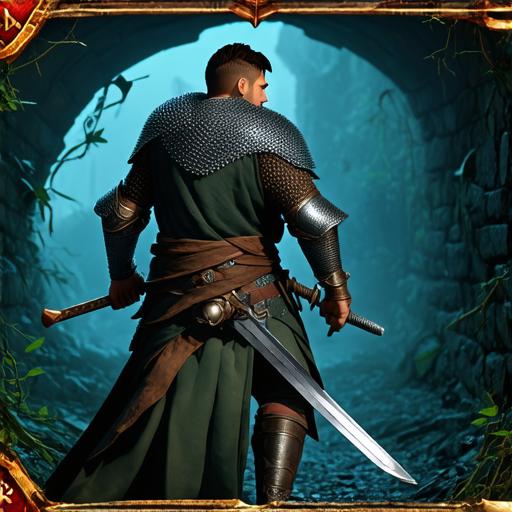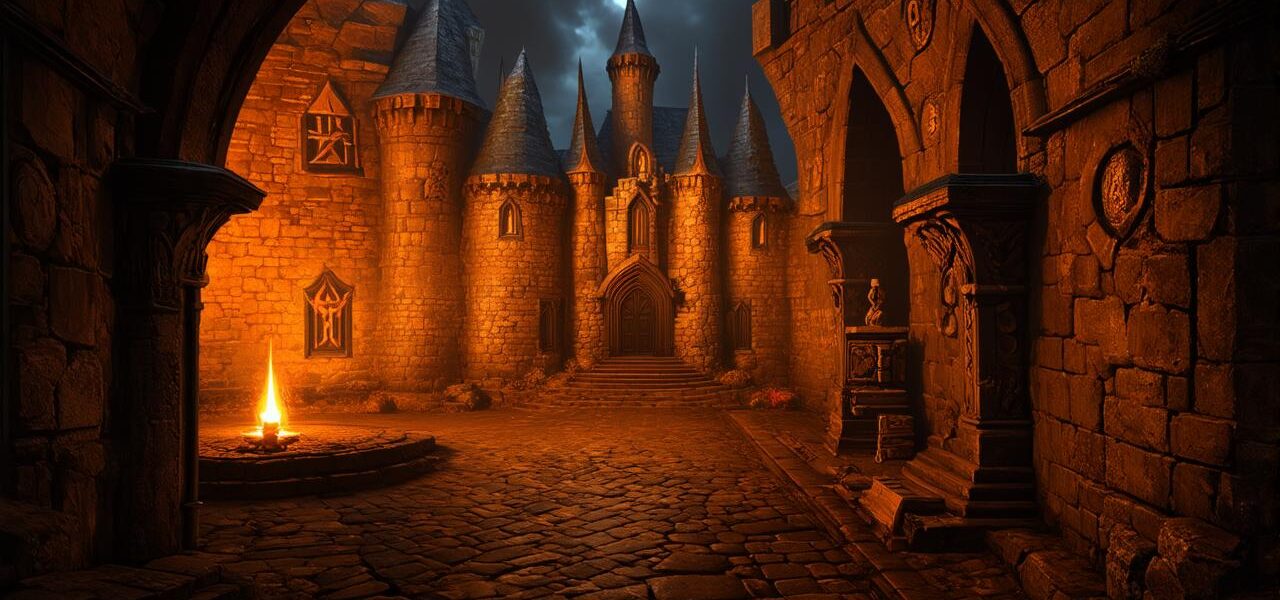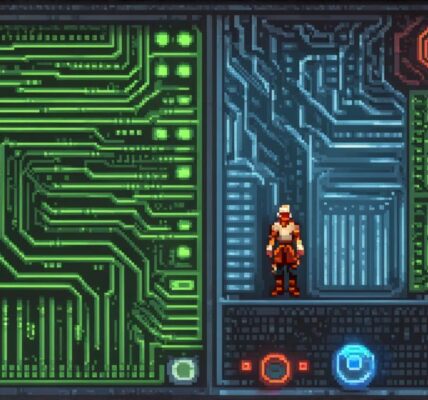Dungeon crawlers are a genre of video games that allow players to explore a fantasy world and battle monsters while collecting treasures and items. In these games, the player assumes the role of a hero who must navigate through dungeons, fighting off enemies and solving puzzles in order to progress. The ultimate goal is to reach the end of the dungeon and defeat the final boss.
History of Dungeon Crawlers
The origins of dungeon crawlers can be traced back to the early days of video game development. One of the first examples of a dungeon crawler was “Mazeworks,” which was released in 1975 by Robert Maxwell. This game featured a maze-like environment, and players had to collect treasures and avoid obstacles in order to progress.
In the 1980s, dungeon crawlers began to gain popularity, thanks in part to the release of games like “Ultima: The Ultimate Adventure” (1983) and “Wizard’s Crown” (1984). These games introduced players to a new level of detail and complexity, allowing them to create their own characters and explore vast, immersive worlds.
In the 1990s, the genre reached new heights with the release of games like “Diablo” (1993) and “Torchlight” (2009). These games introduced players to an action-based gameplay style, allowing them to fight off enemies in real-time rather than relying on turn-based mechanics.
Characteristics of Dungeon Crawlers
Dungeon crawlers are known for their challenging gameplay and immersive environments. Players must navigate through a series of dungeons, battling monsters and solving puzzles in order to progress. The ultimate goal is to reach the end of the dungeon and defeat the final boss.
One of the key characteristics of dungeon crawlers is their use of procedural generation. This means that the game’s levels are generated randomly each time the game is played, creating a unique experience for every player.

Another important characteristic of dungeon crawlers is their emphasis on exploration and discovery. Players must search for hidden treasures and items in order to progress, which often requires them to backtrack through previously explored areas.
Popular Dungeon Crawler Games
There are many popular dungeon crawler games that have stood the test of time. Some of the most notable include:
- Diablo (1993) – This game introduced players to an action-based gameplay style, allowing them to fight off enemies in real-time rather than relying on turn-based mechanics.
- Torchlight (2009) – This game built upon the success of Diablo, introducing players to a new level of detail and complexity.
- Spelunky (2008) – This game introduced players to a unique blend of platforming and roguelike elements, challenging them to explore a procedurally generated world filled with traps and enemies.
- Hollow Knight (2017) – This game introduced players to a vast, immersive world filled with challenging boss battles and intricate puzzles.
FAQs
What is the difference between a dungeon crawler and an action role-playing game?
Dungeon crawlers are a subgenre of role-playing games that focus on exploration and combat in dungeons, while action role-playing games often feature more open-world environments and a greater emphasis on exploration.
Are dungeon crawlers still popular today?
Yes, dungeon crawlers continue to be popular among gamers of all ages. They are known for their challenging gameplay and immersive environments, which often feature dark and foreboding dungeons filled with traps and monsters.
What are some of the most popular dungeon crawler games?
Some of the most popular dungeon crawler games include Diablo, Torchlight, Spelunky, and Hollow Knight. These games have stood the test of time and continue to be enjoyed by players today.




